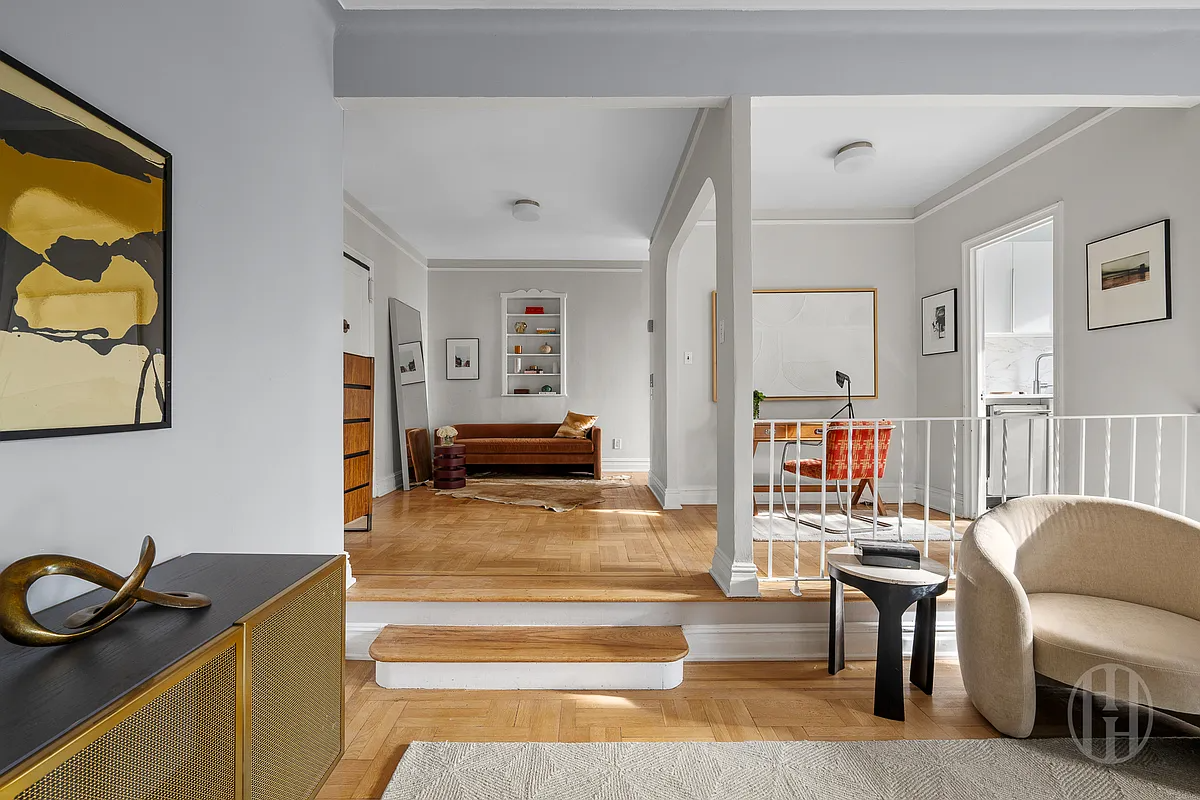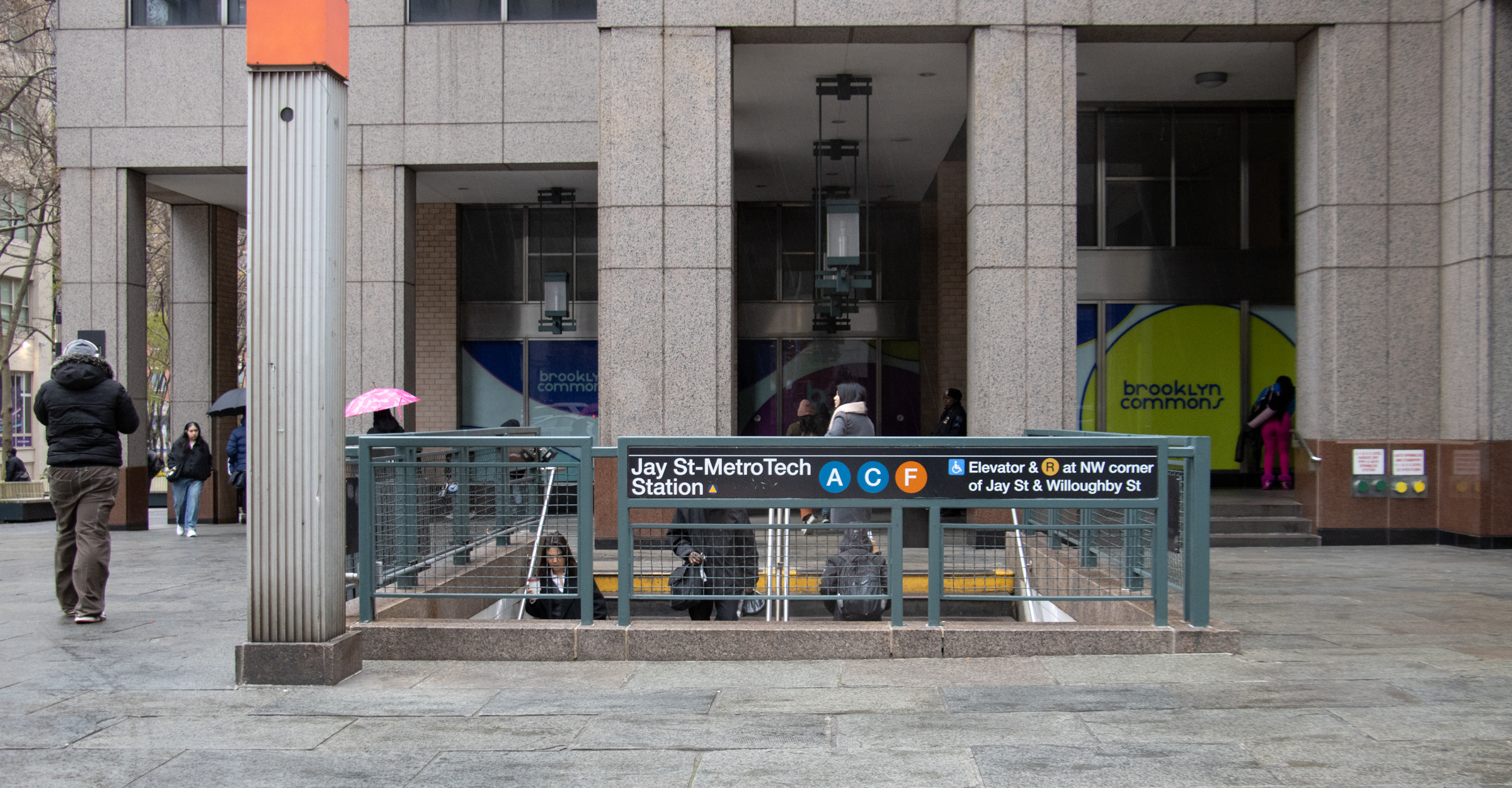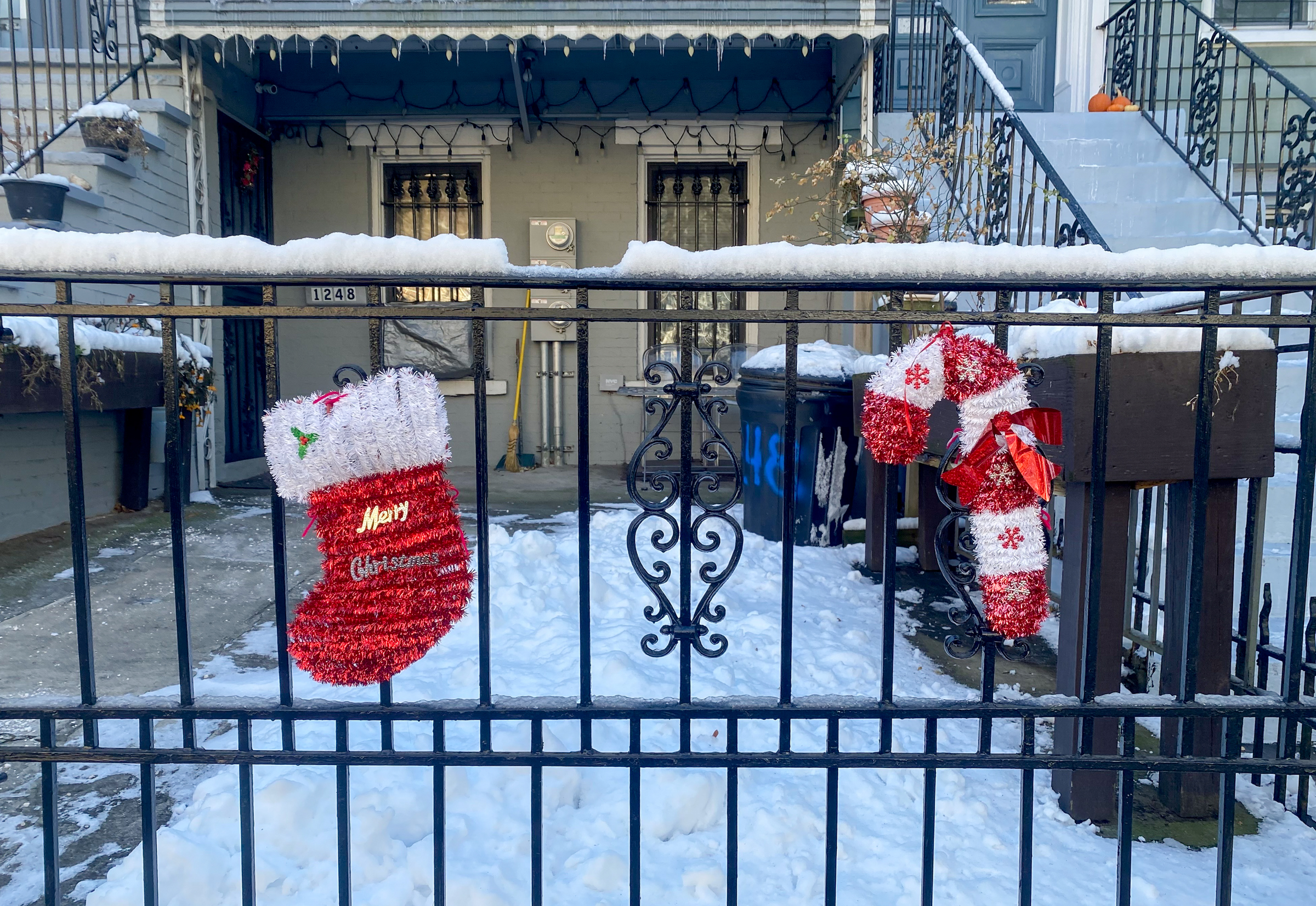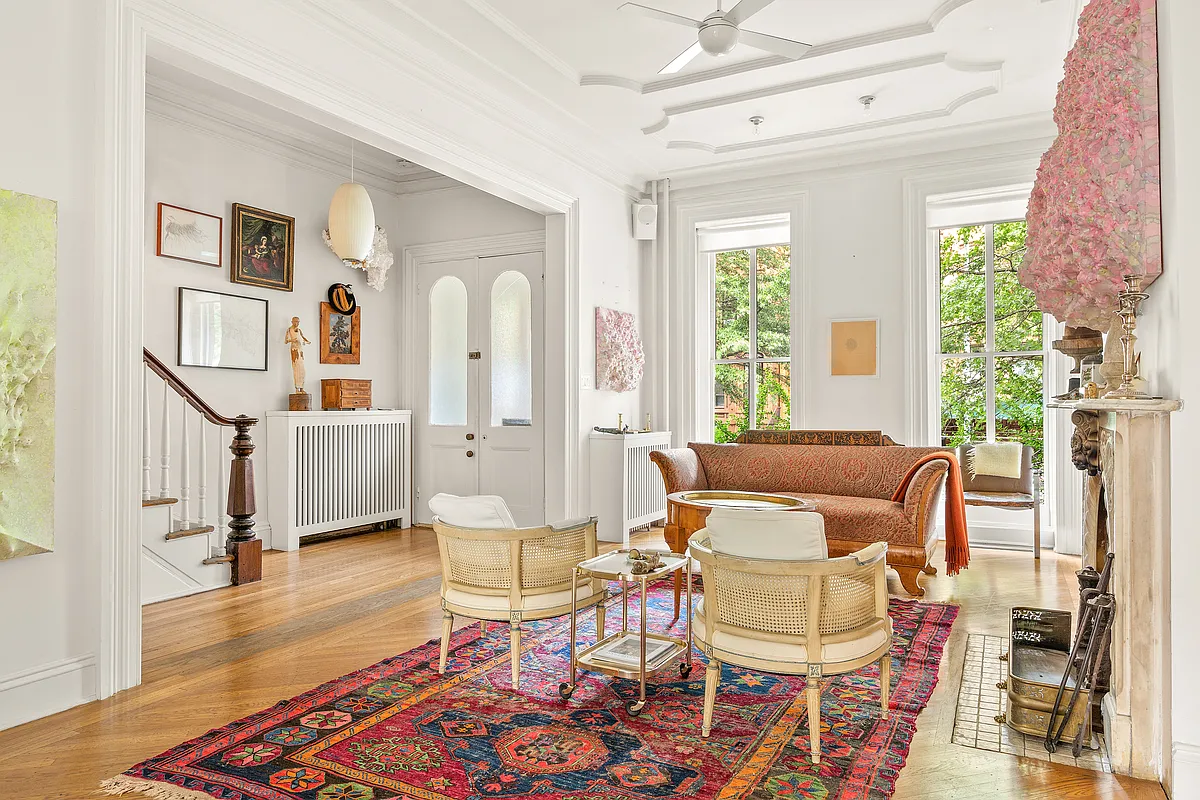The Waiting Game for Elementary Schools
The Times and The Wall Street Journal had articles recently about how it’s the time of year when some parents find their kids on waiting lists for their zoned elementary schools, and both stories highlighted areas in Brooklyn where parents have found themselves in this predicament. The Times story says that while the DOE hasn’t…
The Times and The Wall Street Journal had articles recently about how it’s the time of year when some parents find their kids on waiting lists for their zoned elementary schools, and both stories highlighted areas in Brooklyn where parents have found themselves in this predicament. The Times story says that while the DOE hasn’t yet compiled stats on whether there are more students than seats this year, “there were signs that the space crunch may only be getting worse.” In the Park Slope/Windsor Terrace area, a parent found out that his child was one of 47 on a waiting list for P.S. 107, which did not have a waiting list last year, and nearby schools like P.S. 10, P.S. 295 and P.S. 154 didn’t have space for his kid, either. The story notes that when P.S. 133, on 4th Avenue and Butler (pictured above) is completed in 2013, it is expected to alleviate overcrowding issues in the area, while Councilman Brad Lander has the following to say: “A lot of new buildings have gone up in this neighborhood, and a lot of new families have moved in…Unfortunately, in the big picture, it seems like we didn’t do enough as a city to create the infrastructure for growth before the growth.” Meanwhile, The Journal article says that there are 95 students on the wait list for P.S. 169 in Sunset Park. Any readers in this situation with their zoned school right now?
In Packed Districts, Lists for a School Spot Grow [NY Times]
An Unhappy Rite of Spring: The Wait List [WSJ]





If capacity were the only issue, the boundary between 107 and 282 would be pushed south a few blocks, meaning no in distance for most students, and at most few additional blocks for ones in the boundary area.
This is something that should probably be done city-wide every few years to adjust to changing demographics.
I also suspect that there are a number of students at the more desirable schools who do not actually live in the zone.
The city is building more schools, including one in the neighborhood. However, school construction is hugely expensive and time consuming.
I think it is a symbol of much that is wrong with the New York political process that half a mile apart they city has elementary schools with waiting lists and ones with extra capacity.
I wonder if more space opens up for first grade as Kindergarten is not mandated.
Like gman, I have also raised the issue of space constraints in the public schools and where will these children in all these new deelopments go. The DOE claims there is adequate space but they have their own way of looking at space. What they call underutiized may not really be and might be allocated for dedicated music, chorus, art, science, etc. rooms.
I am the parent of Arts and Letters and I opposed the expansion of Arts and Letters because as a district 15 parent it means a loss of approximately 25 middle school seats. We also lost seats and two of the middle schools in the John Jay building. So just this year District 15 lost 75 seats for incoming sixth graders. Some of the middle school seats will be given to out of district students who attend district 15 schools. Given the space crunch this doesn’t seem fair but it is the law.
No, I think it is a capacity issue. Especially with elementary school, most people want their kids to go to school locally, make friends down the block. If you live in the south slope and are zoned for 107, you’re not going to want to schlepp your 5-year-old to the north slope to attend PS 282. And the DOE isn’t doing anything much about the waiting lists if that helps push some parents away from the neighborhood school model and into their beloved charters.
Not really. The problem is lack of adequate planning on the part of the DOE, which creates bottlenecks in certain areas (like primary schools with good middle school options.) As a result, developers respond to the greater demand within the desired school zones, exacerbating the imbalance. It’s a matter of priorities for the city. For instance, the city gives developers incentives to create cheaper housing units using the 80/20 rules, but it could instead give tax breaks or greater FAR to developers who build primary/middle schools in underserved districts. All these new 4th avenue buildings and South Slope condos could have built a school or two, and in the deal with Ratner, the city could have required a top-notch middle school.
So in summery, this looks to be more of a zoning/distracting and school quality/perception issue than a capacity issue.
Adding onto what cjmorris says, the trend in Dist. 13 is for the successful schools to expand up or down; the best regarded schools in district all have or are trying hard to expand to the K-8 model. Examples: Arts&Letters, Community Roots, Comm. Partnership, PS 11, PS 8, PS 9. Not all of these have been approved, but those that aren’t hope to be, from what I’ve heard.
The only successful middle school in district, Arts & Letters, will soon be off the table as a viable choice for students coming from other elementary schools. There is nothing in Dist. 13 like a MS 51 or 447 or New Voices, all successful schools in Dist. 15. What would it take to create a superb middle school in Dist. 13?
“From insideschools.org :
“‘PS 282 is underutilized, with an enrollment that is only 65% of capacity according to Department of Education statistic’
It is also 7% White, compared to 64% for PS 107.
I’m not sure how old the stats are.”
—–
The biggest con against P.S. 282 is that it lies in district 13, which lacks a reputable middle school. P.S. 133 will face the same issue. All the mentioned overcrowded schools in Park Slope and nearby neighborhoods lie in district 15 where several good options exist.
Fix the middle school problem, and PS 282 will rapidly hit capacity as well.
this is a real estate problem schools among toughest projects to build, they cost a fortune to put up (30% is soft costs, WAY more than private projects), and impossible to find land and buildings
get used to it, going to get worse before it gets better
overcrowded schools been an issue in NYC for what a hundred plus years?
“Councilman Brad Lander has the following to say: ‘A lot of new buildings have gone up in this neighborhood, … it seems like we didn’t do enough as a city to create the infrastructure for growth before the growth.”
DOE consistently waits until there is a need before building new schools, which of course is three or more years too late. I mention this to DOE staff regularly and they always insist they have demographers analyzing the trends, but I don’t see it.